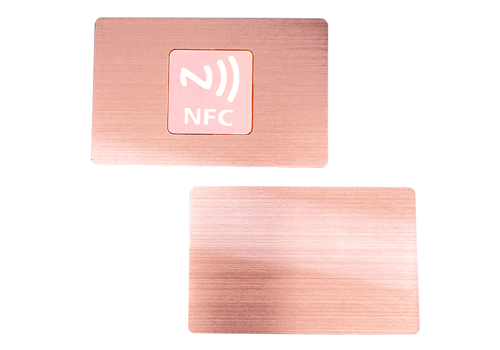Before incorporating NFC business cards into your marketing strategy, it is essential to define your marketing goals. This includes identifying the target audience, defining the brand personality, and setting objectives and key performance indicators (KPIs).
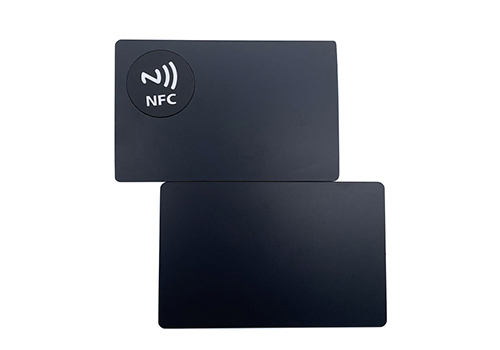
Defining Your Marketing Goals
Identifying target audience: Understanding your target audience’s demographics, interests, behaviors, and motivations is critical to your marketing strategy. With this information, you can tailor your brand message, visuals, and communication channels to better appeal to your target audience.
Defining brand personality: Every brand has a unique personality that sets it apart from its competitors. Defining the brand personality includes determining the brand’s voice, tone, values, and messaging strategy, which helps in creating the imprint on the audience’s minds.
Setting objectives and KPIs: Setting realistic and measurable objectives is crucial for any marketing campaign’s success. Objectives should align with the overall business strategy and be specific, measurable, achievable, relevant, and time-bound. Key performance indicators help measure objectives’ progress by providing quantifiable data, which in turn optimizes marketing efforts.
By defining marketing goals, businesses can move forward strategically in their marketing campaigns. By knowing their audience and brand personality and setting achievable objectives and KPIs, brands can ensure that their NFC business cards align with their overall marketing strategy.
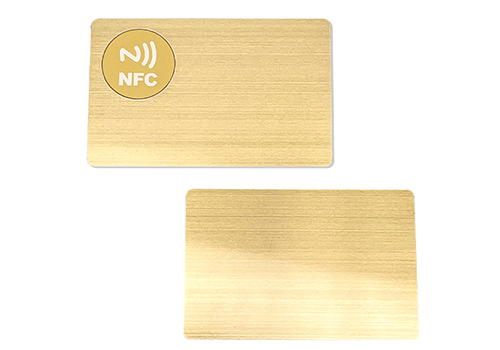
Designing Your NFC Business Cards
Designing your NFC business cards is an essential part of your marketing strategy. Good design can help your business cards stand out and positively influence the cardholder’s perception of your brand. Here are some key considerations for designing your NFC business cards:
Choosing the right design elements: A good design starts with an understanding of your brand’s personality and the target audience’s preferences. You need to choose the correct design elements such as color, typography, and overall layout, which help represent your brand while still appealing to your target audience.
Branding and logo placement on the card: In creating a brand identity, your logo placement on your NFC business card should be prominent since cardholders may forget your name but may associate your brand with your logo. Placement of branding is essential to make the logo stand out and add to brand visibility. Make sure that the design layout adequately accommodates branding elements.
Ensuring legibility and contrast: Legibility and contrast are significant aspects of a design that affects how easy it is to read the information. The NFC business card must contain legible and balanced fonts that are easy to read when presented, which means that you should also consider keeping the text brief and to the point. Contrast also plays a crucial role. The text or logo should stand out from the background while being in harmony with the entire design layout
By employing a strategic approach to design elements, branding, and contrast, your NFC business card not only becomes visually appealing but seamlessly incorporates the brand’s look and personality. This helps grab the cardholder’s attention, convey the company’s core values, and establishes the brand’s presence on the minds of the customers who continuously engage with you.
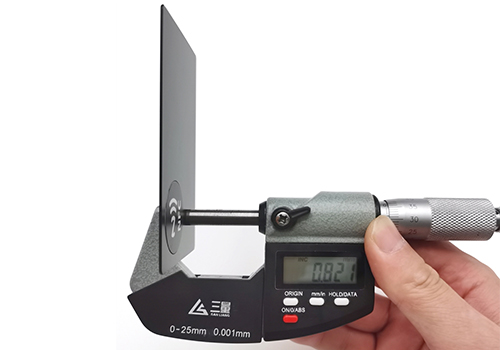
Programming Your NFC Business Cards
Programming your NFC business cards involves deciding what information and functionality you want cardholders to access. Here are some essential considerations for programming your NFC business cards:
Choosing the right information to feature on the card: Your NFC business card should not be cluttered with unnecessary information, but it should contain all the necessary details like Name, Job Title, Company Name, Contact number, and Email address. Including your address may also be helpful in some instances. Consider other necessary information to showcase, like your USP or services offered.
Incorporating social media and website links: Social media is a crucial aspect of digital marketing, and including social media links on your NFC business cards can help strengthen your brand presence on social networks. Linking back to your official website is also a must, as it is the foundation of your digital footprint. Integrating links to an online portfolio is also a common practice for those that offer specific services. Adding a QR code to your card is another creative method to share even more business information.
Creating calls to action: Calls to action (CTAs) are vital in encouraging a direct response from the cardholder. In creating CTAs, think about your marketing goals. For instance, you may use a CTA to encourage the cardholder to book an appointment, visit your website, or follow you on social media. Including CTAs can increase the likelihood of cardholders engaging with your brand and taking the next necessary steps.
By programming NFC business cards with the right information and incorporating social media, website links, and calls to action, businesses can evoke a positive response from recipients. The NFC business card becomes an effective tool for networking, promoting brand recognition, and disseminating necessary contact information. It becomes an engaging way to increase customer engagement and help establish a digital footprint.
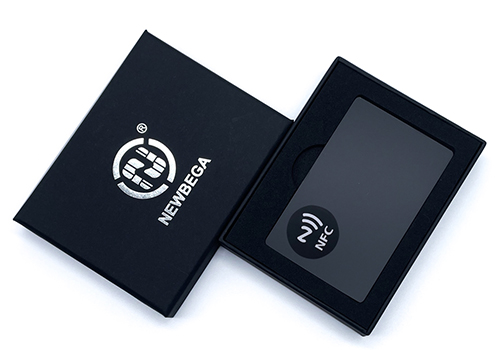
Distributing Your NFC Business Cards
Once you have designed and programmed your NFC business cards, the next step is to distribute them. To ensure that the NFC business cards reach the right audience and recipient, you may consider the following factors for their distribution:
Incorporating NFC technology into your sales funnel: NFC business cards can be used as a referral tool, with automated lead management systems sending contact information from the card to the mobile device, allowing for quick follow-up in your sales funnel. Incorporating them tactfully into various stages in the sales funnel lead to potential business growth.
Educating your team on the use of NFC business cards: Your team members should be trained on how to use NFC business cards to promote them to potential business leads. Educating employees on how to use them can help make the most of the investment in NFC business cards, potentially leading to an increased number of leads generated.
Ensuring accessibility to NFC readers: Businesses must ensure that their NFC business cards are accessible to recipients. With NFC business cards, recipients need to have the right NFC readers on their devices. NFC readers for smartphones are increasingly common; however, it remains essential to check that a recipient has access to the reader before handing over the NFC business card.
By incorporating NFC technology into the sales funnel, educating team members about their usage, and ensuring that the recipient has access to an NFC reader, distributing NFC business cards become a more effective way of generating leads. NFC technology is a valuable tool that can facilitate efficient communication, leading to stronger relationships and business opportunities.
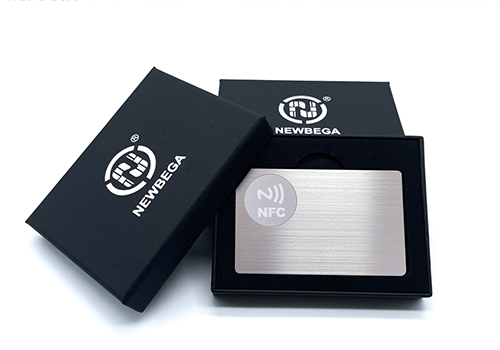
Measuring the Success of Your NFC Business Cards
Measuring the success of your NFC business cards is essential in determining whether or not they’re contributing to your business goals. Here’s how to track your NFC business card performance:
Tracking and analyzing engagement metrics: Engagement metrics track how recipients interact with your NFC business card. Metrics to track include the number of scans, time spent on your website, and click-through rates. Analyzing this data helps determine the efficacy, identify areas of improvement, and fine-tune the marketing strategy.
Adjusting your marketing strategy based on data: With the help of data analysis, make necessary adjustments to promote better results. Optimize elements that do not garner enough engagement metrics, and adjust the marketing messaging to align with customer feedback. Changes could include design, programming, or distribution tactics.
Collecting feedback from customers: Asking customers or recipients for feedback about the card can provide valuable insights. This information can help to improve not only the design but also various aspects of the card, to make it more engaging and personalized for each recipient.
By keeping track of and analyzing engagement metrics, adjusting marketing strategy based on data, and collecting feedback from customers, you can measure the efficacy of your NFC business card. This provides a foundation to refine the marketing strategy, ensuring that you are meeting your marketing goals and achieve the intended ROI. The monitoring of its performance helps in keeping the business’s progress upfront, leading to improvement and optimization of the brand’s strategic communication with the customers.
